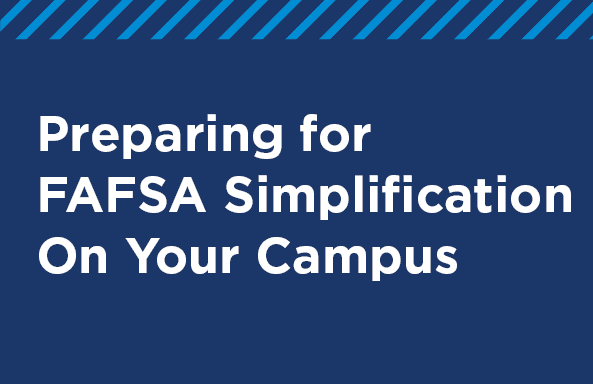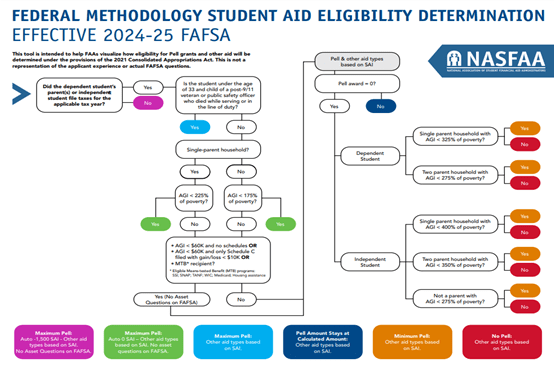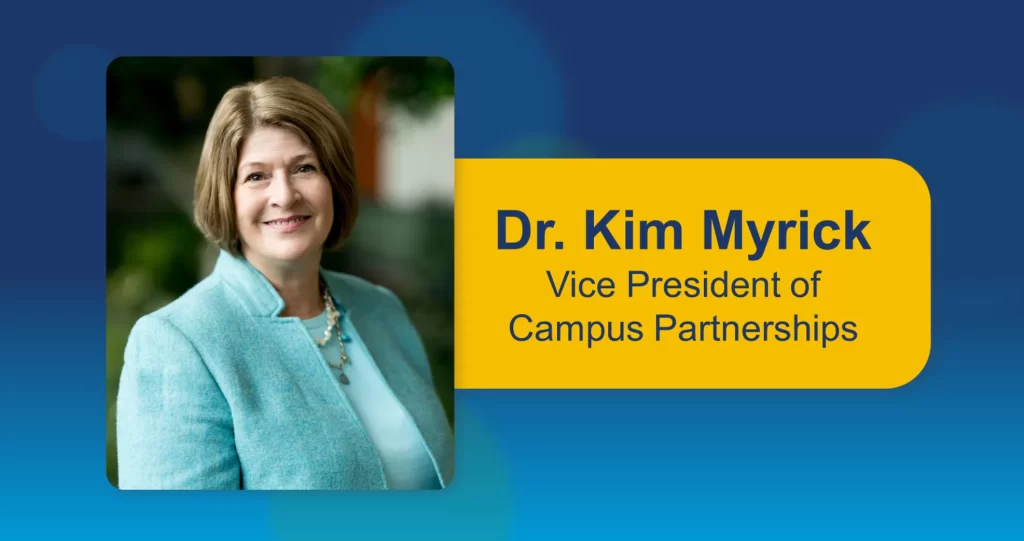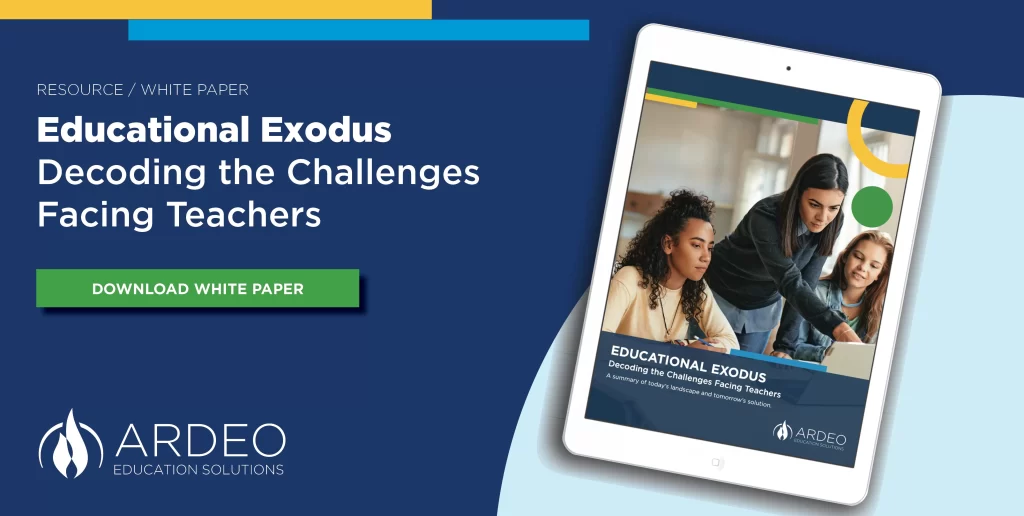
Ardeo News
If you missed our recent webinar, Preparing for FAFSA Simplification on Your Campus, or just want to brush up on a few highlights from the conversation, explore the key takeaways below:
- Shift from EFC to SAI
- Tools you can use
- 2023-24 award year changes
- New formula for 2024-25 award year
- Pell grant eligibility changes
During the webinar, we explored the FAFSA simplification changes and how the changes will impact current and prospective students. The webinar featured Alex DeLonis, Director of Financial Aid at Wabash College and a member of the FAFSA Simplification Implementation Working Group.
The purpose of the FAFSA Simplification Implementation Working Group is to provide campus-level feedback, perspective, and insight to the National Association of Student Financial Aid Administrators (NASFAA). The FAFSA Simplification Act represents a significant overhaul of federal student aid, including the Free Application for Federal Student Aid (FAFSA®) form, need analysis, and many policies and procedures for schools that participate in the Title IV programs.
Shift from EFC to SAI.
Expected Family Contribution (EFC) will be phased out for the 2024-25 financial aid award year and will be Student Aid Index (SAI) moving forward. The move to SAI is to help eliminate confusion and provide more clarity around a student’s financial aid package. A common misconception of EFC is that the EFC number is the amount the family was expected to contribute to the cost of their student’s education. The SAI will indicate a student’s financial need and is meant to help clarify the FAFSA results.
“In general … at least from the school’s data that I’ve seen, and even the data of my own, these changes have resulted in more students becoming eligible for the Pell grant, or if they were eligible for PE, possibly becoming eligible for additional Pell dollars,” said DeLonis in the webinar.
Tools you can use.
The Federal Methodology Student Aid Eligibility Determination flowchart is a helpful tool to visualize how eligibility for Pell grants and other aid will be determined. This flowchart, like many of the other resources you can find through NASFAA, may come in handy when answering general questions during campus visits and other events.
This flowchart, along with timelines and other useful tools and resources can be found on the National Association of Student financial Aid Administrators (NASFAA) website here: https://www.nasfaa.org/fafsa_simplification
Other NASFAA Resources:
- NASFAA Timeline of Effective Dates
- NASFAA Article on Removal of Number in College Change to FAFSA Modeling
2023-24 award year changes.
While the Department of Education has delayed several changes to the form and the roll-out of the Student Aid Index (SAI) until the 2024-25 award year, a few updates were implemented on time for the 2023-24 cycle and the form that opened on October 1.
- The drug conviction question has been removed.
- The gender question, which triggered the requirement of registration for selective service for male students has also been removed.
- After the FAFSA has been completed, there will be a pop-up survey that includes questions on gender, race, and ethnicity.
- Incarcerated students will now be eligible for Pell grants.
New formula for 2024-25 award year.
For the 2024-25 award year, the most significant change is the shift from EFC to SAI. A few other changes to the formula include:
- SAI can now be as low as -$1,500.
- The SAI will determine eligibility for all Title IV aid except maximum and minimum Pell grant awards.
- In the case of divorce or separation:
- Child support received will now be reported with assets.
- Who is reported will shift from being based on the student’s residence to the parent who provides the most financial support.
- The new formula will no longer take into consideration the number of children per family currently attending college. Deep-dive into this change in the full webinar (jump to 24:40), here.
Pell grant changes.
Pell grant eligibility in general will be simplified. The SAI determines eligibility for all Title IV aid, except in the cases of maximum and minimum Pell Grant awards. Under the new rules, maximum Pell Grant eligibility is based on the number of parents in the household and the adjusted gross income compared to federal poverty level guidelines. Students may also qualify for maximum Pell grant eligibility if they meet certain criteria. Watch the full webinar to learn more about Pell Grant eligibility and requirements (you can jump to 19:38).
These groups of students now have Pell grant eligibility for the 2023-24 award year:
- Students who could not complete their studies because their college or university closed.
- Incarcerated students participating in prison education programs, who haven’t been allowed to qualify for Pell grant since 1994.
- Students who have a drug-related conviction in their past.
To learn more and dive deeper into the FAFSA simplification changes, watch the webinar, Preparing for FAFSA Simplification on Your Campus, featuring Alex DeLonis, Director of Financial Aid at Wabash College and a member of the FAFSA Simplification Implementation Working Group.



